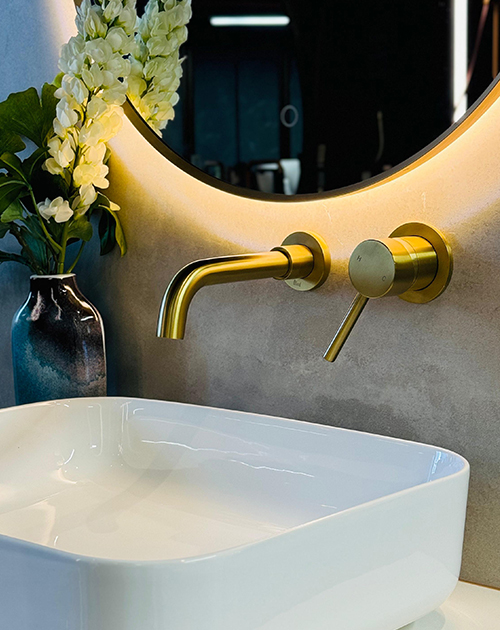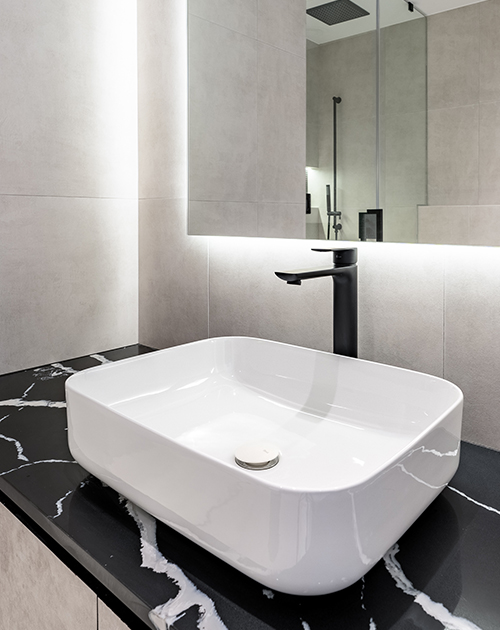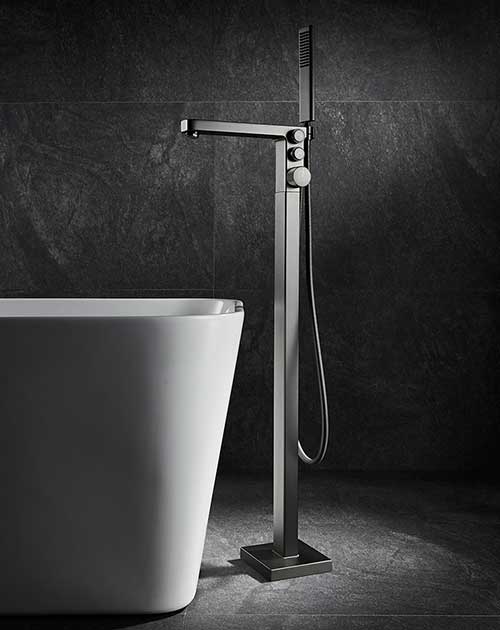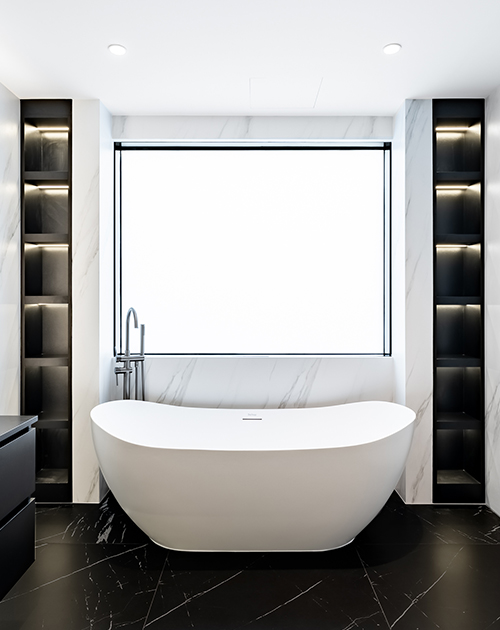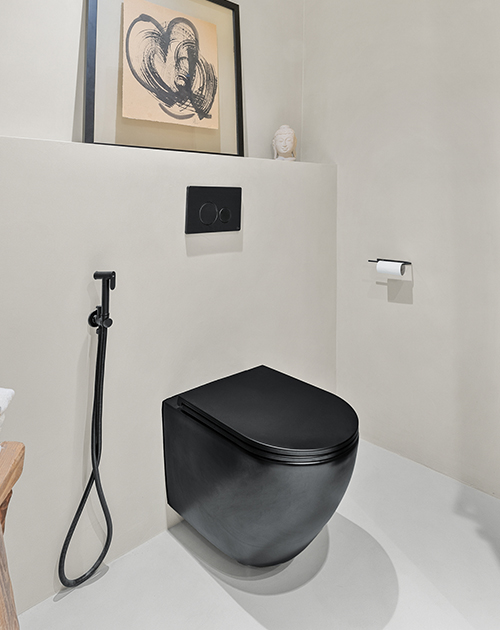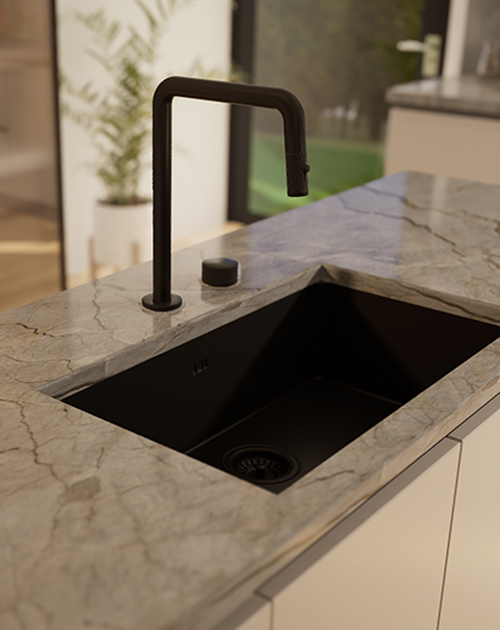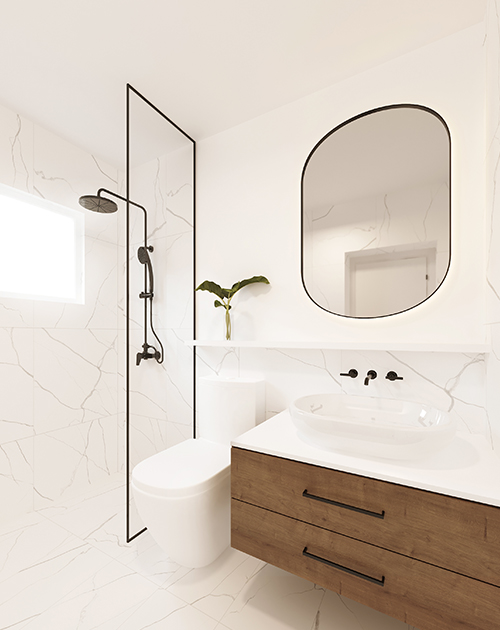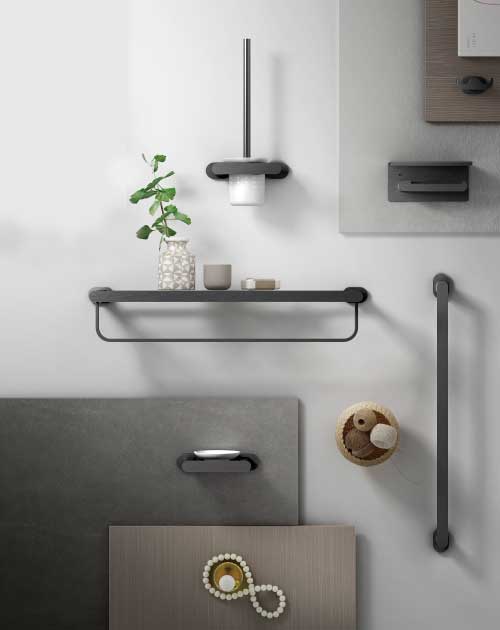1. Introduction
- The Evolution of Bathroom Design: An exploration of how the bathroom has transitioned from a purely functional space to a design-driven environment that blends aesthetics with practicality.
- Role of Sanitary Products in Modern Design: A discussion on how sanitary products serve as key elements in achieving both hygienic standards and design cohesion in contemporary bathrooms.
2. Influence of Color in Bathroom Design
- Psychological Implications of Color: Analyzing how different hues and shades influence mood, perception, and overall user experience in bathroom spaces.
- Current Color Trends in Sanitary Products: Examination of trending color schemes, including the dominance of neutrals, the resurgence of bold tones, and the growing popularity of pastels.
- Color’s Effect on Spatial Perception: Insight into how strategic color usage, particularly light tones, can visually expand smaller bathroom spaces to create an illusion of openness.
3. Material Selection in Sanitary Products
- Overview of Common Materials: A comprehensive look at widely used materials like ceramic, porcelain, glass, and various metals, detailing their unique properties and applications.
- Durability and Maintenance Considerations: Evaluation of how material choices impact the longevity, resilience, and ease of maintenance of sanitary products.
- Sustainability in Material Innovation: The increasing importance of eco-friendly materials in sanitary product design and how they contribute to sustainable bathroom solutions.
4. Aesthetic Integration of Color and Materials
- Harmonizing Material and Color Combinations: Guidelines for achieving a cohesive visual language through the effective pairing of colors and materials in sanitary products.
- The Role of Textural Contrast: The significance of texture in enhancing tactile and visual interest, adding depth, and improving user experience in bathroom environments.
5. Balancing Functionality with Aesthetics
- Strategic Product Selection: Balancing the aesthetic appeal with the practical considerations of hygiene, ease of use, and maintenance in sanitary product design.
- Innovative Design Solutions: Case studies of cutting-edge products that successfully merge functionality with modern design principles, highlighting industry-leading trends.
6. Case Studies and Market Analysis
- Exemplary Bathroom Designs: Detailed analysis of successful bathroom projects that showcase the effective use of color and materials in sanitary products to achieve design harmony.
- Understanding Customer Preferences: Insights into consumer behavior, preferences, and trends that influence the design and development of sanitary products.
7. Conclusion
- Synthesis of Key Insights: A recap of the critical role that color and materials play in shaping both the aesthetics and usability of bathroom sanitary products.
- Emerging Trends and Future Outlook: Speculations on upcoming innovations in color palettes, material technology, and design trends in the sanitary product industry.
8. Additional Resources and References
- Research and Case Study Citations: Comprehensive references to academic studies, industry reports, and material science research related to color psychology and bathroom design.
- Design Inspiration Sources: Curated links to leading design platforms, architectural publications, and online resources for further exploration of bathroom design concepts.


